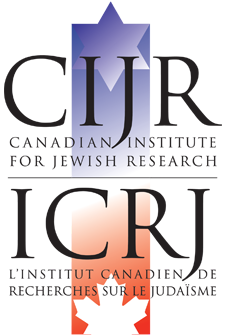Edward Luttwack
Unherd, June 13, 2025
“… his reports made it increasingly clear that Iran’s enormous expenditures, on some of the largest nuclear installations in the world, meant that it was after nuclear weapons as soon as possible.”
One person is responsible for Israel’s attack on Iran: Rafael Mariano Grossi, the Argentine director general of the International Atomic Energy Agency, IAEA, since December 2019.
His predecessors, and especially Mohamed El Baradei, in charge 1997-2009 when it first became clear that Iran’s nuclear efforts were aimed at weapons and not energy, were extremely polite international diplomats, who presented the IAEA’s reports on Iran in very restrained language — as if they were describing purely academic research.
Grossi’s reports were entirely different. He was a diplomat until he arrived at IAEA, but from the start of his career in the Argentine foreign service, he had immersed himself in technological questions, acquiring a great deal of engineering expertise over the years.
From the start, Grossi’s investigations in Iran focused on the country’s vast effort to “enrich” uranium, to increase the proportion of radioactive U-235. Some energy reactors can operate with zero enrichment by using heavy water moderators, while others work very well with 3-4% enrichment, or a maximum of 5% of U-235.
Because the infrastructure needed to enrich uranium is extremely expensive, only a handful of the 31 countries that operate nuclear reactors have ever tried it themselves. Most simply buy it from the cheapest source, often Russia as well France, the UK and Kazakhstan.
But Iran was adding more and more centrifuges in increasingly vast facilities at enormous expense, which made no sense at all if the aim was to generate energy. The IAEA has inspectors who dutifully investigate nuclear installations — or rather those voluntarily shown to them. But they can only ask to visit nuclear installations that show up in freely available satellite photography. There was one in Iran that Grossi wanted to visit starting very early in his tenure: Parchin, some 15 miles south-east of Tehran. But his requests were persistently refused. Previous IAEA chiefs would have moved on to other things, but for Grossi it was the turning point: he had found the place where Iran was preparing to shape uranium and assemble its nuclear weapons. … [To read the full article, click here]


